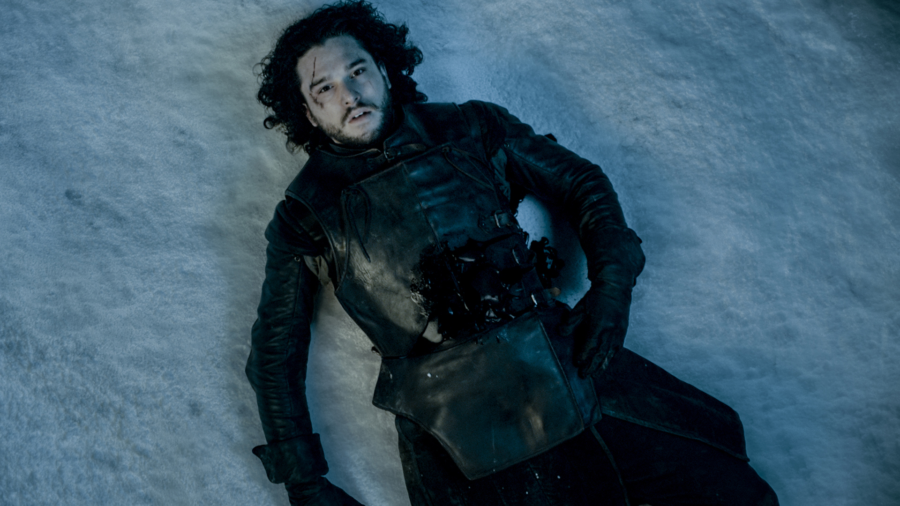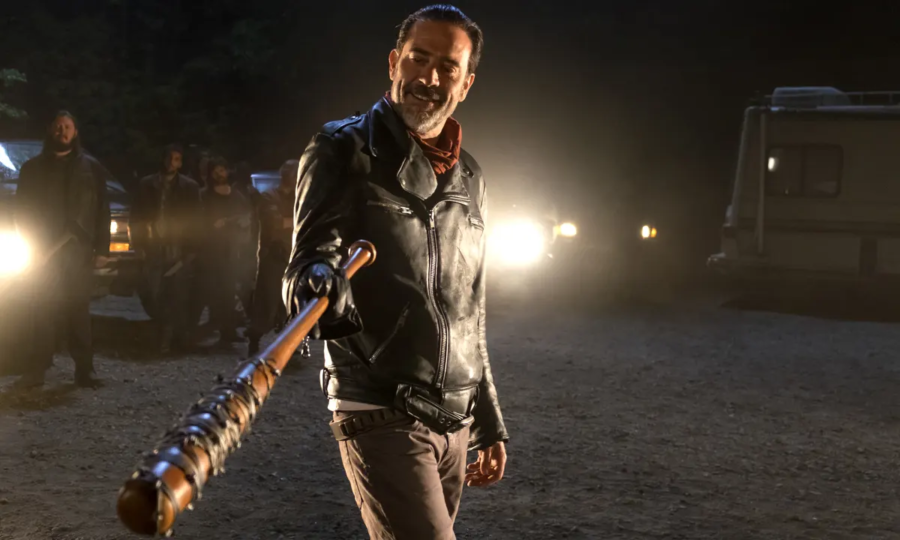TV Deaths Aren’t Real Enough And Doctors Are Trying To Change It

Television and movie depictions of deaths apparently aren’t real enough, and real-life doctors are pushing Hollywood for more realistic depictions of death and dying on TV. Admittedly, while it might be easy to mock this push as “first-world problems,” the implications are actually quite different because less-realistic TV deaths actually paint a false picture surrounding something that’s usually a slow and unstoppable process.
Here’s the thing: TV deaths aren’t real for a reason. But before we discuss that, let’s talk about Dr. Shoshana Ungerleider’s biggest pet peeve—unrealistic death depictions in movies and television. We’re often bombarded with scenes of patients with gunshot wounds being rushed into the ER, the flurry of white coats fighting for a young man’s survival, followed by a flatline, revival, and his miraculous recovery and medical discharge several days later. However, that’s not how things work in real life.

Depending on the injury, the healing progress can be rather slow, and it can go sideways rather fast, even when everything seems to progress nicely. Sometimes, things just complicate on their own, or an underlying medical issue suddenly comes into the forefront and makes things worse. However, Hollywood often forgets to portray such stuff. There are no TV or movie scripts about an elderly lady dying of heart failure at her home. Or about a family member grieving the loss of their loved one ten years later. Death, while affecting the dying, also affects those who carry on.
The truth is that acute and violent TV deaths are portrayed significantly more, as they simply make for good television. Nobody wants to see a protagonist crying for 90 minutes over the death of his brother’s arms while reminiscing about all the great times and conversations they had together. No, the content-hungry masses want blood, revenge, and more acute and rather violent death. But that’s not the issue here. The issue is unrealistic depictions that, in turn, create unrealistic expectations.

Some of them are centered on incurable diseases that are miraculously cured, false hopes that a dying family member won’t die, all of which have patients who are actually suffering resort to aggressive, often painful, and perhaps alternative (read “unproven”) medical treatments, instead of focusing on saying goodbye and spending what little time they have left with their loved ones. And that’s one area where Hollywood, who can undeniably inspire, could improve. We need more realistic depictions of TV death and its acceptance.
This actually might have a positive effect on both movies and television. The end goal with more realistic TV deaths is, obviously, the change in public perspective, but also to encourage the creators to write different kinds of inspiring and diverse storylines that better depict death and dying as a process rather than an event that triggers a series of subsequent events. If we were to look for a good example, take a quick look at a hospital scene in Meet Joe Black in which Death helps an old lady accept her coming end, and she eagerly welcomes him once her time has arrived.
What we have instead are acute TV deaths or the flirtatious shenanigans of the medical staff going about their business over a pain-ridden human being with gaping wounds that, by the episode’s end, miraculously heal. While there’s ultimately nothing wrong with that, it does create unrealistic expectations among people with various and often incurable conditions.
Source: NPR











